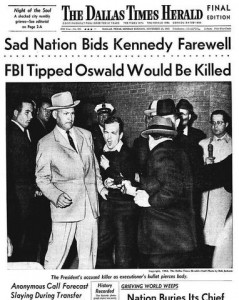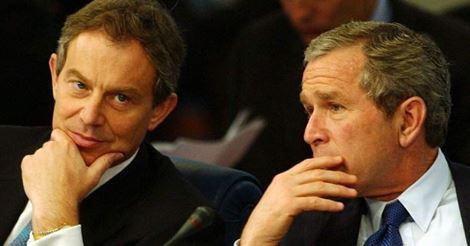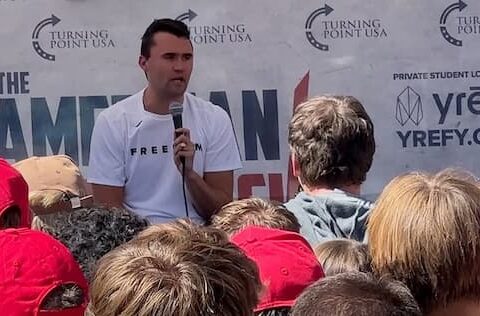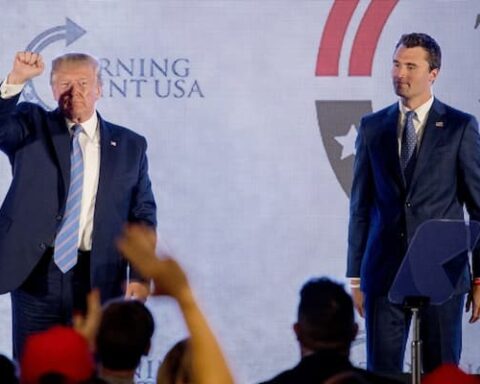Mainstream and online media outlets have been pouring over the release of thousands of documents pertaining to the JFK assassination.
But the result, near as I can tell, appears to be that we’ve learnt a great deal – and nothing at all.
And this was probably how it was meant to be.
Although the files were scheduled for release at this time many years ago, it is curious that – after all the fuss the President made about the files being made public – a large number of additional files were withheld.
The implication is that these had to be withheld due to the compromising effect they might have on people who are still alive.
Aside from the fairly obvious strategy of releasing *apparently* revealing information (while hoping most people will overlook the additional documents not being released), it is also worth considering something I heard said by a former British MoD official, who said that sometimes governments will release a flood of documents all at once in order to overwhelm analysts, journalists and media outlets who will struggle to process or evaluate such a large amount of information and will therefore miss key correlations or links.
What happens is that, in general terms, the intense media focus fades after a few days and people lose interest again – leaving only JFK conspiracy enthusiasts or theorists to continue trying to connect dots and draw conclusions, but to a much smaller audience or readership.
Which is essentially what’s been going on for decades.
In effect, with so many conspiracy theories surrounding the Kennedy assassination for so many decades now, the release of all these documents essentially accomplishes little aside from being a PR exercise. The files add fuel to the fire for many of the existing conspiracy theories (the KGB connection, the Cubans and Castro, possible CIA links to Oswald, Mafia connections), while also generally being suggestive enough of the official story (the lone gunman) that nothing changes – believers in the official story can maintain that belief, while believers in the conspiracy theories can find reinforcement in some of these files too.
Meaning that everything basically stays the same.
On the conspiracy side, the documents seem to confirm, among other things, that there was definitely more than one shooter. The Surgeon General’s report appears to clearly conclude ‘that two persons were involved’.
A slam dunk for the grassy knoll then?
Curiously, most mainstream media outlets have ignored that part on focused instead on other things, like Cuba and the Soviets; or the fact that Oswald is claimed to have been a great marksman.
That’s one of the problems with this flood of files – they don’t come anywhere close to painting a consistent or coherent picture, but in fact contain various tidbits that contradict each other, some of them reinforcing the official, Warren Commission narrative, while others reinforce conspiracy theorists instead.
One wonders if one of the benefits of releasing some of the particular files right now is to reinforce the unproven notion that Lee Harvey Oswald was a Russian agent.
At this particular time, when the ‘Russia Gate’ pantomime is being relentlessly sustained in US media and politics, a revival in popular consciousness of the idea that Russian agencies may have assassinated a US President could be seen as timely.
One of the most interesting things to be seen emerge from this release of data concerns a J Edgar Hoover memo from the day after the assassination, in which he appears to be committed to making sure Oswald was portrayed as the lone assassin. The notorious head of the FBI wrote “The thing I am concerned about… is having something issued so we can convince the public that Oswald is the real assassin.”
What I find most interesting in that statement is the word “real”. Hoover doesn’t say ‘convince the public that Oswald is the assassin’ or convince them that he is ‘the only assassin’, but that Oswald is the “real” assassin.
What does that mean? That could be taken any number of ways.
There are also implications that seem to confirm the Dallas Police knew that someone was going to assassinate Oswald.
Which is hardly surprising – unless it’s Dallas Police Department policy to leave side-doors open and allow individuals carrying guns to waltz into the station, push through crowds of people and get a clear shot at a handcuffed prisoner who has no means of self-protection.
Lee Harvey Oswald was literally executed on live television, surrounded by police officers and reporters.

But, in fact, most of the more interesting tidbits revealed in the releases concern things not directly related to the Kennedy plot.
For example, the fact that there were plans to carry out false-flag bombings in the US to blame on Cuba and use for pretext for invasion, plans to use biological agents in Cuba to cause crop failures, CIA collusion with criminal organisations, or the extent of surveillance being kept on Martin Luther King.
But most of these are generally things that have already been in public consciousness – or at least in conspiracy literature – for many years already (everything from Castro assassination plots to Robert Kennedy’s affair with Marylin Monroe).
So, arguably, everything that’s been released has been measured to conform to pre-existing conspiracy theory lore or schools of thought.
In a couple of documents, there are also apparently acknowledgements of the CIA’s Mockingbird program – essentially infiltration and control of the media – with reference by a concerned Congressman about “some forty journalists who doubled as undercover contacts”, at least one of whom was covering the assassination investigation for one of the major national newspapers.
If Mockingbird was already in effect, it’s little wonder that the vast majority of people didn’t question the official story – not even when the alleged assassin was being assassinated on live television, even though he was in police custody and under protection.
If nothing else, these files – which would take months to read through – provide an interesting historical record or snapshot, but that’s about all.
Most people by now know that the Kennedy assassination was not the work of a lone gunman – the ability to sustain that illusion was destroyed permanently once the Zapruder footage came to light in the 70s, by which time no amount of CIA control of the mass media was able to hide the bloody obvious fact that Kennedy had been shot from more than one direction.
The rest is a case of which conspiracy theory version you subscribe to. There are so many different, rival theories and arguments, that you get the sense the intelligence agencies are perfectly happy to let people flounder in theory and counter-theory for the rest of time.
In fact, I’ve often wondered if some of the conspiracy theories might’ve been put out by intelligence agencies themselves – literally to create an unresolved mess of rival theories, all of which makes it harder for anyone to be sure of what the real plot was and who the real orchestraters were.
The more theories there are – the CIA, the Mafia, the Cubans, the Soviets, the oil industry barons, the Shadow Government or Deep State, etc – the less focused the subject becomes, with different people trying to defend their own theory against other theories.
My preference has always been to place priority with those investigators closest in time to the event – and who genuinely risked danger to themselves by investigating the plot and refusing to back down.
The two I would primarily recommend to anyone who’s never read them before are investigator Mark Lane and New Orleans District-Attorney Jim Garrison.
Both of them were investigating the Kennedy assassination and refuting the official story at a time when it wasn’t at all profitable or respectable to do so and long before the JFK conspiracy theories became a booming industry of multiple authors, books and events.
And both of them – Garrison in particular – put themselves at risk and suffered vilification and ridicule for years.
Garrison’s book, The Trail of the Assassins, is a must-read. Mark Lane’s books, Rush to Judgement and Plausible Denial are also definitive reading.
Garrison remains the only person to bring someone to trial for involvement in the conspiracy to assassinate Kennedy, while Lane was publicly and openly on the case within just four weeks of the assassination in Dallas.
He also produced the Rush to Judgement documentary film in 1966 – which, given how close it was to the event – is essential viewing, both as a historical record and as a very early insight into the obvious conspiracy to assassinate the president and to leave Oswald as the lone patsy.
Rush to Judgement has been removed from YouTube multiple times already: here’s the latest version I could find still available.
Lane spoke to multiple eyewitnesses, some of whom famously ended up dying in questionable circumstances after the filming.
Lane himself died last year. Lane and Garrison in particular have always been people I think we should consider heroes. They were both independent investigators and – I hate to use the term, but ‘conspiracy researchers’ – at a time when that just wasn’t a thing.
They both put their necks out very early and stayed the course for their whole lives.
This footage of Garrison, on his death bed, has always been particularly powerful – his final statement on the subject to which he devoted the final decades of his life.
That said, I would also recommend the late Jim Marrs‘s book, Crossfire Plot. Marrs also died a few months ago. One of the things detailed in Marrs’ book is the list of 103 people (related to the Kennedy assassination) who he claims died in mysterious circumstances between 1963 and 1976.
That list was already fast-developing even as early 1966, which is part of what is so interesting about Mark Lane’s film from the time (linked above), which is so valuable for its direct access to eyewitnesses to the assassination, whose memories were still very fresh.
There will never be a definitive ‘official’ answer to what really happened that day in Dallas.
As stated earlier, I’ve come to suspect that intelligence agencies actually like having all of these different, conflicting theories and equations out there, as it helps keep the focus away from being on just the one, correct equation – whatever that might be.
Which might be why there is no overall picture painted by these thousands of documents; but rather that the different files seem to play into different, pre-existing theories or beliefs all at the same time.
It’s part the art of confusion, part the art of distraction, and it serves to keep everything exactly where it’s always been.
MIND CONTROL, PSYCHO-ELECTRONIC WARFARE, FUSION CENTERS: Oh My…!




